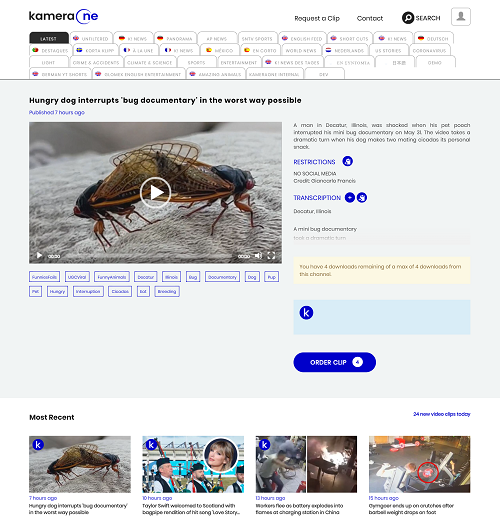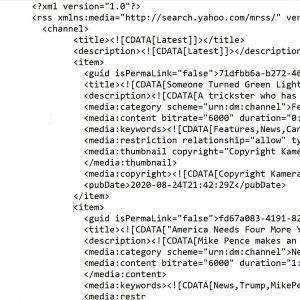KameraOne Hub Platform Features
Automated Ingestion
Automated video ingestion is essential for quick time-to-market for video content. At KameraOne, I developed comprehensive ingestion services that offer unparalleled flexibility and efficiency. Our advanced system enables seamless ingestion of content from multiple sources, including HTTP, SFTP, Dropbox, and Amazon S3, supporting various video formats. This robust solution ensures that content providers can effortlessly manage and deliver their video content, accelerating the overall process and enhancing their reach. By leveraging cutting-edge technology, KameraOne’s automated ingestion services streamline the workflow, reduce manual efforts, and significantly improve the speed and accuracy of video content distribution.

Access and Privileges
Each content provider has a unique contractual nature to its operations and regional content distribution. The KameraOne Hub utilizes a digital twin contract reflecting the physical contract with the content provider partner that defines rules for content ingestion, distribution and publishing modes. The digital contract defines ingestion source including Atom RSS, SFTP, MRSS, APIs, or even behind authentication endpoints or websites. These digital contracts can be configured to automate publishing of clips to thier predefined destination funnels, The contracts are managed by the editorial team. The digital contracts can also be configured to allow human editors to screen, moderate, and modify content as needed before publishing.
Content Portal
End users or syndication consumers are allowed access to content based on individual user rules through administration to ensure the right content is allowed to the right consumers.

Content Metadata and Syndication
KameraOne prioritizes capturing standardized metadata for all clips, recognizing its crucial role in content management and distribution. The platform supports exporting syndication feeds for each customer in a variety of textual or markup list-based formats, including RSS, MRSS, JSON, NewsML-G2, and user-defined formats. These feeds are custom-tailored to meet the unique needs of each customer.
